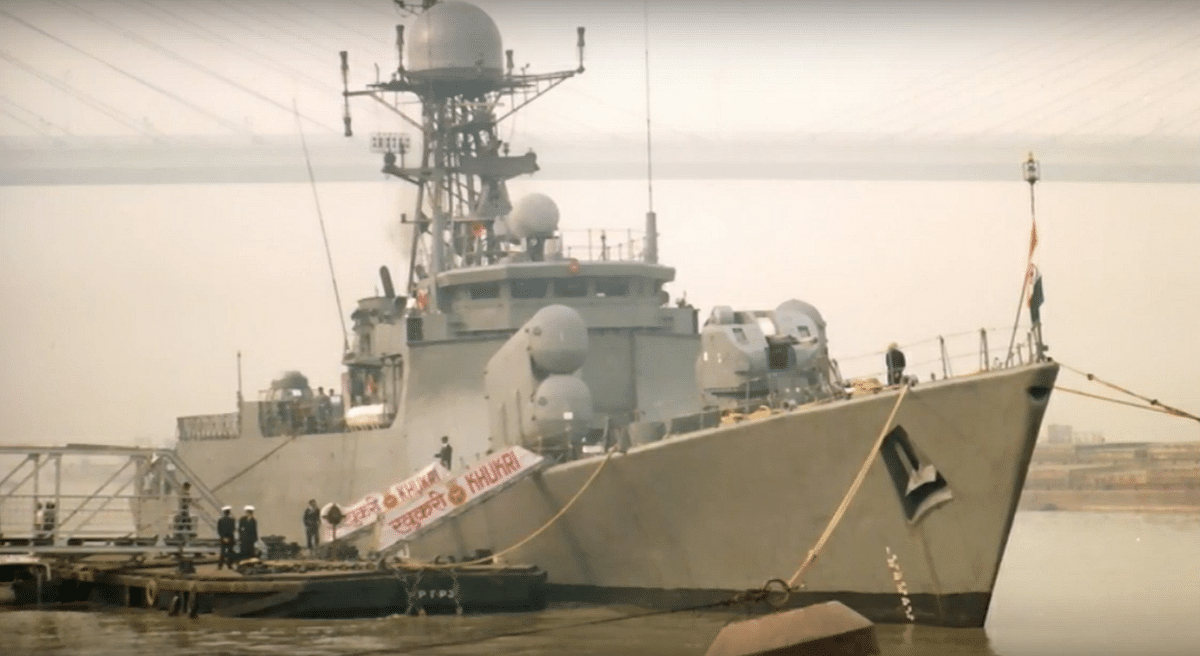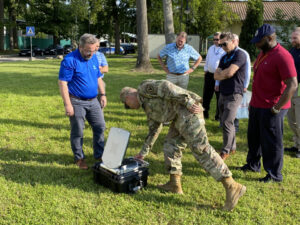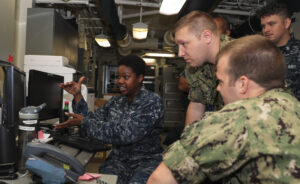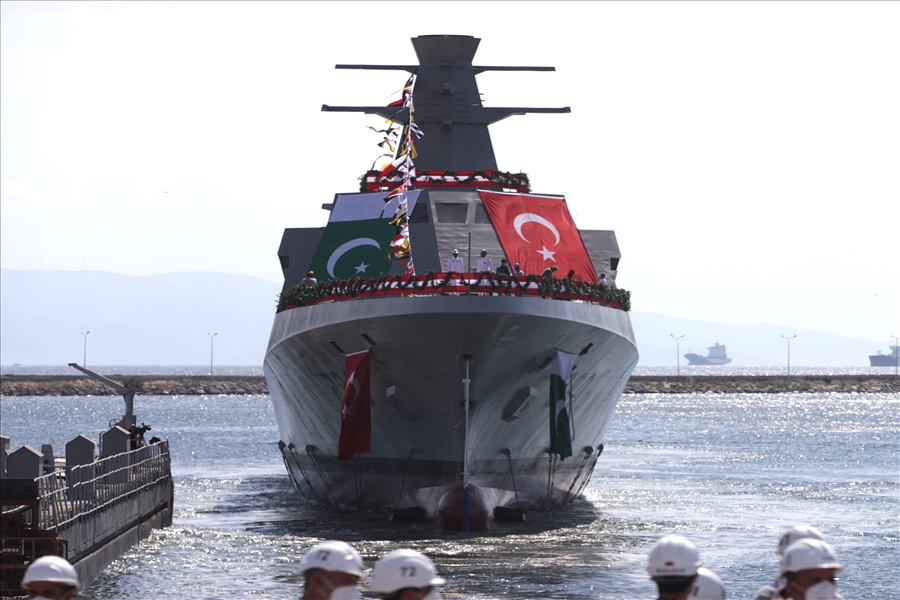
The Turkish-made Pakistani frigate Babur launches earlier this month. (Turkish MoD)
Pakistan, Turkey Tighten Ties With First Corvette Launch The PNS Babur is the first of four corvettes being built for the Pakistani Navy by Turkish shipbuilders.
AUCKLAND: The Aug. 15 launch of its new PNS Babur corvette from a Turkish shipyard marks a major step in a wide modernization effort underway for Pakistan’s Navy (PN).
Under a 2018 contract between Islamabad and Ankara, the PN will receive four new extra-large variants of the 99m-long, 2,000t Turkish Ada-class (MILGEM) corvettes, also known as the Jinnah-class. Babur — expected to be delivered and enter service with the PN in 2023 — is the first of two that are being built at Istanbul Shipyard, which already cut steel for its second ship on May 1, 2021.
The second pair are being built in Pakistan at the Karachi Shipbuilding and Engineering Work (KSEW) shipyard under a technology transfer agreement. KSEW cut steel for its first MILGEM corvette in Oct. 2020 and it is expected to be delivered in early 2024. Delivery for all four ships are due to be completed by 2025.
Details of the equipment on the MILGEM corvettes has not been disclosed, but it will have new anti-air, anti-ship and anti-submarine weapons, sensors and C2 systems as well as the LM2500 gas turbine — making it one of Pakistan’s most modern vessels.
In its press release, the Turkish MoD announced that the construction of the ship represents a deepening of the ties between Turkey and Pakistan. It follows a two-day visit by President Recep Tayyip Erdogan to Islamabad in February, signifying a further strengthening of the bilateral relationship. The two Muslim countries have cooperated closely on counter-terrorism as well as defense technology. They routinely support each other on the international stage and are expected move beyond defense to enhance economic links in the future.
The corvette deal also highlights the coming of age of Turkish military shipbuilding, which has expanded dramatically over the past decade both domestically and as a growing presence on the export markets. It was announced in Dec. 2020 that Istanbul Shipyards has secured a contract from Ukraine worth just over $1 billion to deliver four MILGEM corvettes from 2026-28 to re-capitalize the Ukrainian Navy.
Pakistan has cast a wide net as it attempts a wholesale renewal of its naval power. The PN found it was limited in the contribution it could make to the international counter-piracy efforts that were established during the mid-2000s in the Gulf of Aden and Horn of Africa — Pakistan’s backyard — and as a result began a major modernization program.
The first step came with the introduction of the earlier Zulfiquar-class (F-22P) frigates built by China’s Hudong-Zhonghua and KSEW, which commissioned between 2008 and 2013. But the PN still needs to reinforce and replace its older ex-UK and US Navy frigates, as well as respond to the expansion of Indian naval power that followed the terrorist attack on Mumbai in 2008 and Delhi’s own rivalry with Beijing in the Indian Ocean.
Islamabad is now under contract for four 134m-long Type 054A/P frigates from Hudong-Zhonghua shipyard, with the third launching earlier in the month — another military industrial tie to a key political partner.
The PN stated that the Chinese frigates will have the latest surface, subsurface and anti-air weapon systems and will also be fitted with “a range of electronic warfare, air and surface surveillance and acoustic sensors.”
This is expected to include a vertical launch system for surface-to-air missiles. The order for the four frigates was placed in 2017 and the first ship was launched in August 2020, with the second following in January 2021.
The MILGEM corvettes and Type 054 frigates will join the two Yarmook-class corvettes that entered PN service in 2020. The Yarmooks were built by Damen Schelde Naval Shipbuilding in the Netherlands following an order in 2017.
The Yarmook-class corvettes are based on the company’s 91.3m-long 2,300t OPV 1900 design but are fitted with anti-air, anti-submarine, electronic warfare and point defense systems. Introduction of the Yarmook-class, with its medium helicopter and two rigid hull inflatable boats, has sparked a renaissance in the PN’s capabilities.
MILGEM CORVETTES
Milgem Class corvettes are being built for the Turkish Navy under the Turkish national warship programme known as Milgem. Eight corvettes and four F-100 Class frigates will be constructed under the programme. The new Milgem Class multimission corvettes feature stealth technologies and can perform search, rescue, patrol, observation and anti-submarine warfare operations.
The keel was laid for the first vessel, TCG Heybeliada (F-511), at the Istanbul Naval Shipyard in July 2005. Launched in September 2008, the vessel was scheduled to commission in early 2011. The second vessel in class, TCG Büyükada (F-512), was laid in September 2008. It is scheduled to be launched in October 2010 and commissioned in 2013.
The first two vessels were built at the Istanbul Naval Shipyard Command and remaining vessels will be constructed at private Turkish shipyards. Turkey-based STM has appointed by the Undersecretariat for Defence Industries (SSM) to procure materials, services and systems for the project.
The Canadian Navy, Pakistani Navy, Ukrainian Navy and navies of South American countries have evinced interest in Milgem class warships.
The Milgem corvette has an overall length of 99m, a waterline length of 90.5m, a beam of 14.4m and a design draft of 3.6m. The displacement of the vessel is 2,000t. The ship can be fully operated at the sea state 5. It can accommodate 93 crew members, including the air crew.
Milgem corvette design
Milgem Project Office (MPO) designed and developed the vessel platform. Milgem’s design concept and mission profile is similar to the littoral combat ship (LCS-1) developed by Lockheed Martin. It features a steel hull and fragmentation resistant composite superstructure. The stealth hull design achieves low radar, magnetic, infrared and acoustic signatures.
Milgem corvette missions
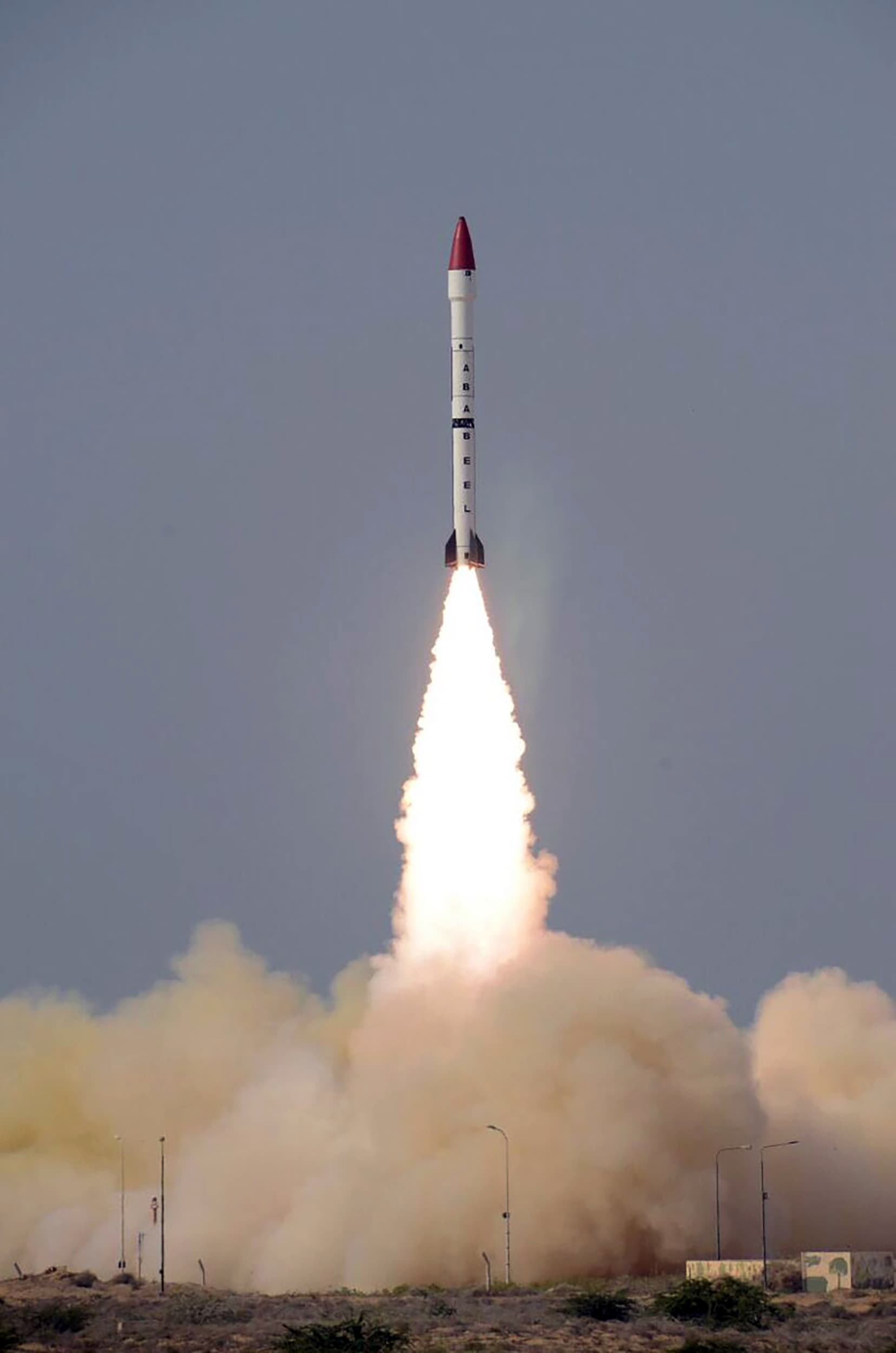

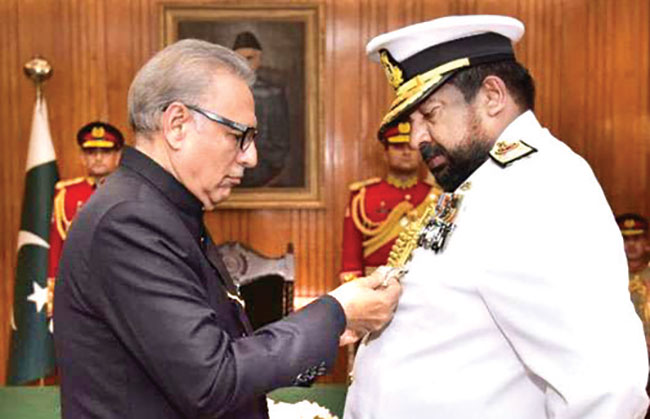
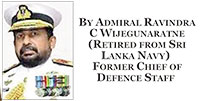 Pakistan military personnel are very fond of their Sri Lankan counterparts. They always help us. Thanks to a generous stipend from Sri Lanka, we lived very comfortably in Karachi and I had the opportunity to take part in Inter-Staff College sports activities.
Pakistan military personnel are very fond of their Sri Lankan counterparts. They always help us. Thanks to a generous stipend from Sri Lanka, we lived very comfortably in Karachi and I had the opportunity to take part in Inter-Staff College sports activities.